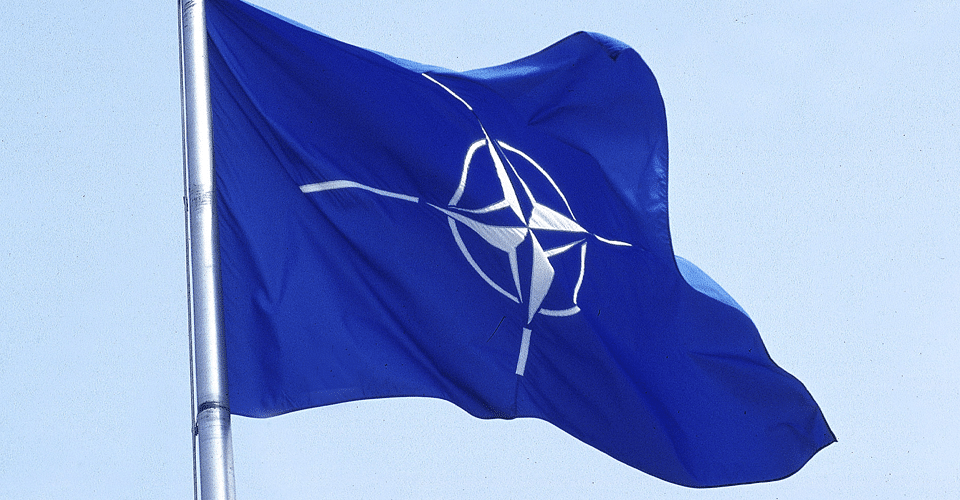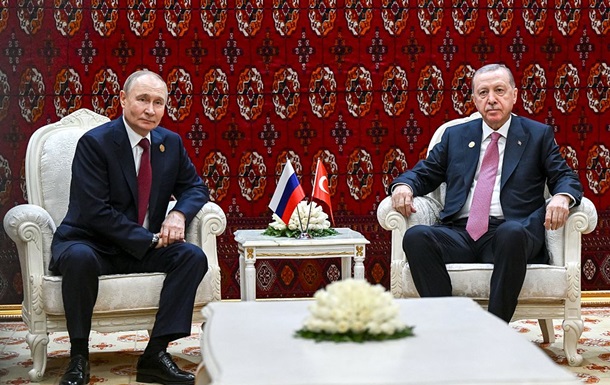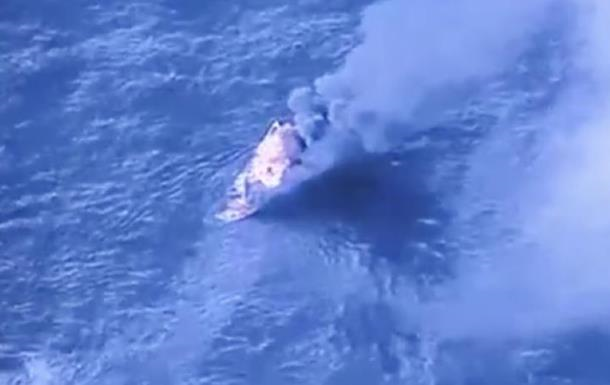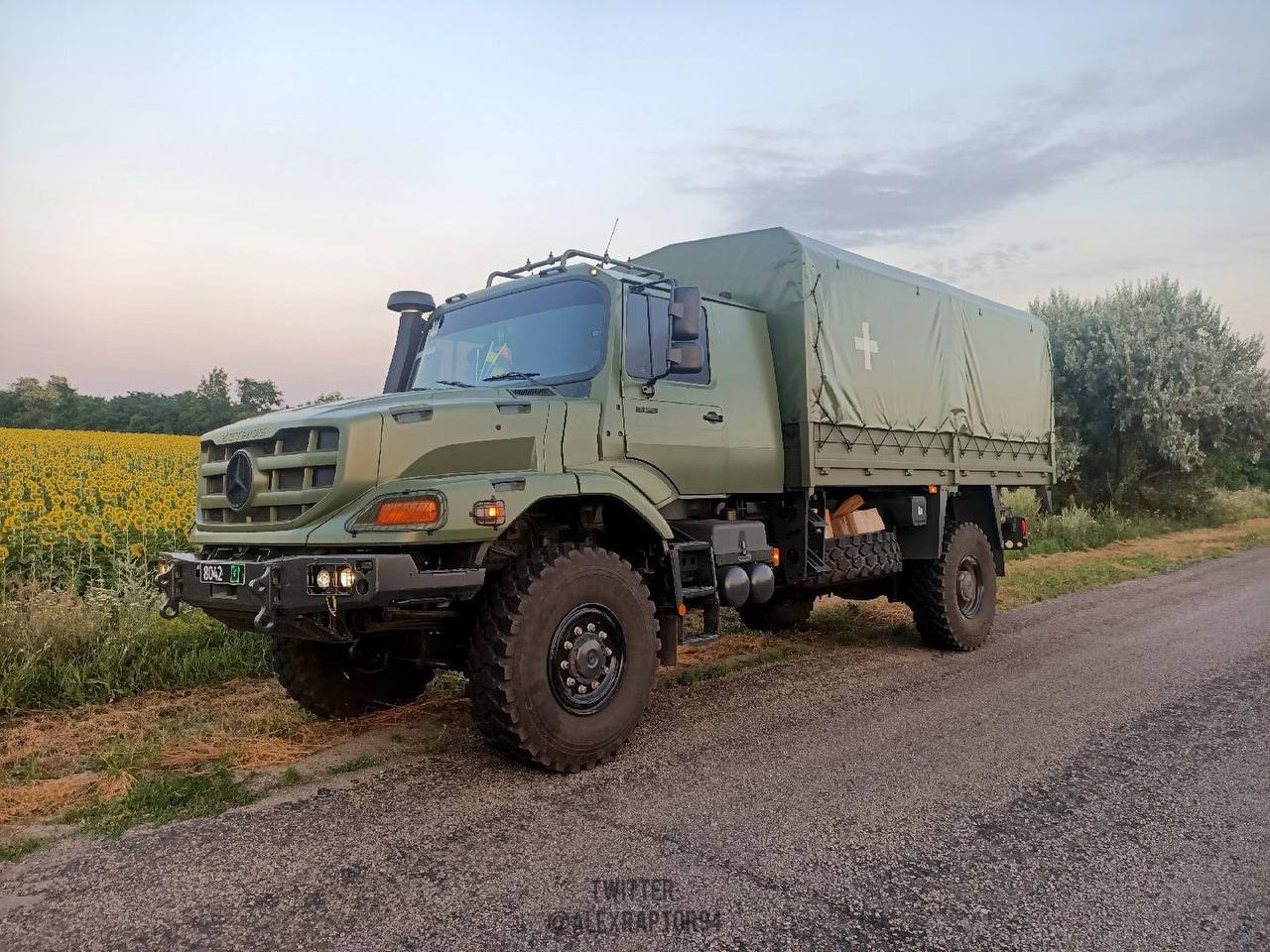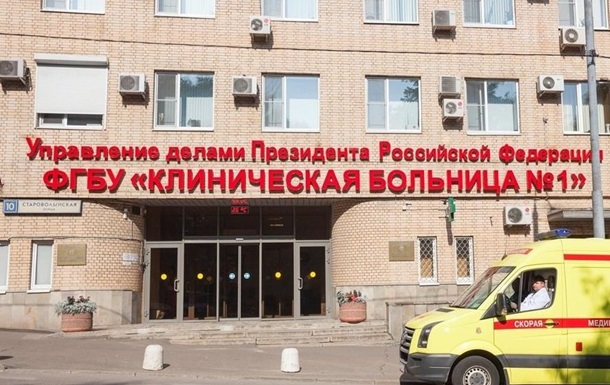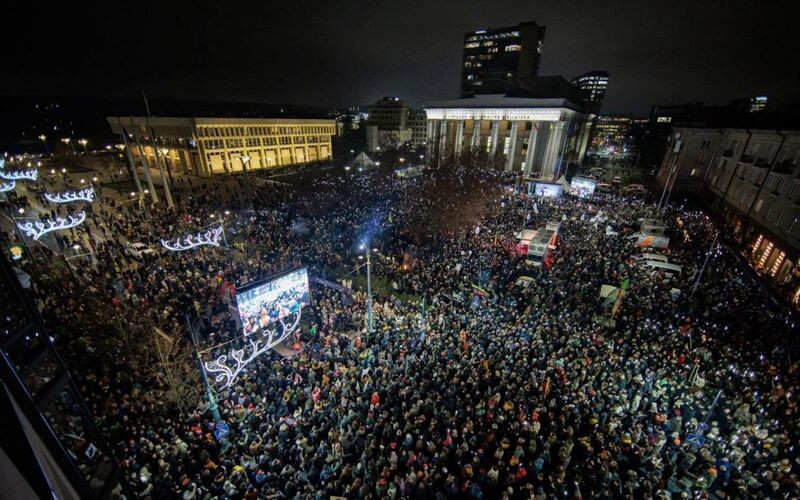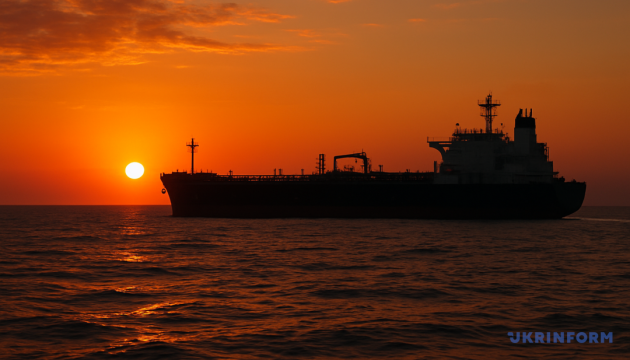Для многих забор – это не просто оградительная конструкция для защиты от посторонних, но и важнейший элемент ландшафтного дизайна. Ввиду большого разнообразия материалов, выбрать изделие с оптимальным соотношением надежности, эстетичности и доступности – совсем не просто.
Специально для наших читателей и гостей нашей новостной ленты авторы sad-ogorod.in.ua сравнили самые популярные материалы и способы установки забора для дома, огорода и дачного участка, их преимущества и недостатки.
1. Затеняющая сетка для забора
Затеняющая сетка неплохо подходит в качестве материала для создания ограждения на Вашем участке. В продаже Вы могли видеть множество вариантов затенения (%): 45,60,70,80,85 и 95 и шириной от 1,5 до 12 м. Поскольку забор будет служить Вам много лет, сетку необходимо выбирать УФ-стабилизированную, устойчивую к выгоранию на солнце. Что касается плотности, то правильно будет выбрать маскировочную сетку с процентом тени 85 и 95, производства Венгрии.
Чем надежно зафиксировать сетку?
- Растягивать сетку на навесы легко с помощью стального троса, проволоки или клипс.
- Сшить полотна сетки друг с другом.
- На трубы можно закрепить пластиковыми стяжками, тросами или веревками.
- К деревянному каркасу затеняющую сетку можно надежно прикрепить с помощью строительного степлера.
Преимущества: для установки сетки на забор не нужно специальных навыков или много людей. Такой забор существенно экономичнее своих аналогов. Для сочетания жесткости конструкции и маскировочного эффекта можно использовать затеняющую сетку вместе с сеткой-рабицей или растянуть на забор из металлических профилей.
2. Профнастил
Ограждение, собранное из секций профнастила отличается большой популярностью у владельцев частных домов.
Из плюсов можно выделить: большое разнообразие цветов, высокую прочность, и монолитность конструкции независимо от погодных условий. Такой забор способен защитить от недоброжелателя и посторонних глаз.
Недостатки: дороговизна материалов и стоимость работ по монтажу и сварке. В придачу ко всему дополнительно нужно будет закупить крепежи, опоры, лаги, цементный раствор, краску, стойкую к коррозии, что существенно удорожает процесс.
3. Кирпичный и бетонный забор
Заборы из кирпича европейского типа и бетона не только обеспечивают хорошую защиту от посторонних, но и современно выглядят, украшая Ваш дом или дачный участок.
Минусы: Высокая цена, трудоемкость и длительность монтажа.
Плюсы: современные евро-заборы выполнены в элегантном виде, с большим выбором рисунков. Большая цена оправдана надежностью независимо от погоды и времени года, долговечностью вплоть до 30 лет без необходимости постоянного ухода.
4. Ограждение из пластиковой сетки
Забор из полимерной сетки – отличный вариант для дачи или сада.
Зеленая сетка для забора обладает целым рядом преимуществ:
- Легкость в перевозке: малый вес и габариты рулонов (1 рулон 20 м весит около 7 кг).
- Ячеистая структура (не закрывает растениям доступ к солнцу).
- Экономичность.
- Простота устанавливки (не требуется строительная техника и бригада рабочих).
- Нет необходимости в закупке дополнительных приспособлений.
- Материал легко мыть, он не теряет прочности на солнце и при морозе.
- В отличие от металлических аналогов — пластиковые сетки не подвергаются коррозии и не гниют. Не требуется дополнительная обработка.
Из минусов:
- Не обеспечит защиту от посторонних.
- Не дает маскировочного эффекта.
5. Из сетки-рабицы
Рабицу, как и пластиковую сетку, используют для получения бюджетного, но аккуратного забора на даче или вокруг частного дома.
Достоинства:
- Низкая цена, популярность: существенно дешевле остальных типов оград, можно найти на любом рынке со стройматериалами.
- Простота установки: нужно просто установить столбы на необходимом расстоянии, и навесить на них сетку.
- Благодаря своей ячеистой структуре не перекрывает растениям солнце и доступ воздуха.
- Долговечность (при правильном монтаже оцинкованная сетка прослужит 40 лет).
- Можно декорировать вьющимися растениями, кустарниками.
Недостатки рабицы схожи с сеткой из пластика:
- Низкий уровень защиты.
- Не скроет участок от посторонних.
6. Живая изгородь
Забор из растений – самое эстетичное решение для ограждения Вашей частной собственности. Ответить на вопрос «что дешевле: растительный забор или традиционный?» достаточно сложно из-за разницы в цене, как на материалы, так и на сами растения, которые Вы выберите.
Плюсы:
- Прекрасный внешний вид и украшение территории.
- Неплохая степень защиты от злоумышленников (особенно в случае с колючими кустарниками).
- Хороший маскировочный эффект.
- Подходит под любой архитектурный стиль Вашего дома.
- Чистый воздух и экологичность.
Минусы:
- Для красивой живой изгороди требуется большая площадь.
- В отличие от традиционного забора по типу «поставил и забыл», за растениями необходим постоянный уход, уже не говоря о том, что их нужно сначала правильно вырастить, подкармливать, поливать и стричь.
- Изгородь из растений, например туй, может обойтись даже дороже заборов из стандартных материалов.
7. Деревянный забор
Самый популярный материал для заборов – древесина. Материал широко распространен благодаря оптимальному соотношению «эстетика – долговечность». Большое разнообразие древесины позволяет покупателю выбрать материал по своему бюджету.
Плюсы:
- Красивый внешний вид при уходе за древесиной.
- Огромный выбор материала на любой бюджет.
- Возможность красиво покрасить и оформить забор.
Минусы:
- Относительно быстро теряет ухоженный внешний вид и прочность.
- Сложно ухаживать (постоянные зачистки, подкрашивания, обработка древесины от вредителей).
- Высокая трудоемкость при монтаже (очистка, шлифовка, распил, грунтовка, покраска).

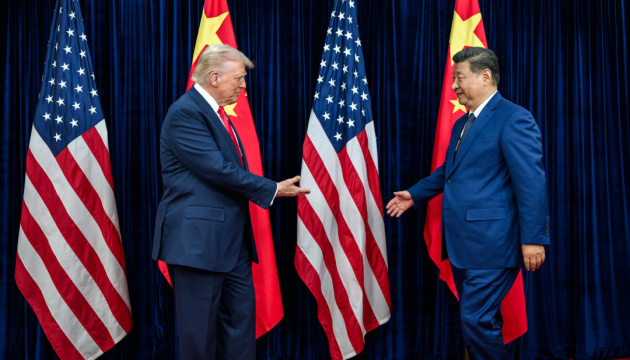
 3539
3539